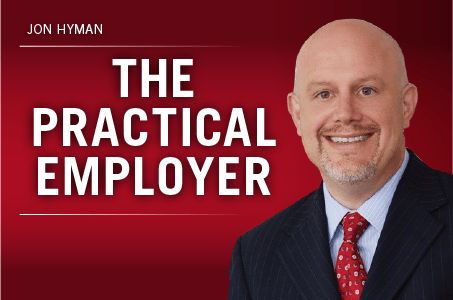Darrell Patterson had worked in Walgreens’ 24/7 call center for six years without incident.
He claims Walgreens fired him for skipping an emergency training session held on a Saturday.
He’s a Seventh-day Adventist, and it’s against his religion to work on the Sabbath (from sundown Friday through sundown Saturday). Until his firing, they had worked cooperatively to schedule around this religious prohibitions, without incident.
Patterson’s religion and Walgreens’ scheduling came to a head in 2011, however, when Walgreens asked Patterson to cover an emergency Saturday training session. When he missed the training class, Walgreens fired him.
In Patterson v. Walgreens, the 11th Circuit Court of Appeals upheld the dismissal of Patterson’s religious discrimination lawsuit.
Title VII requires an employer to reasonably accommodate an employee whose sincerely held religious belief, practice, or observance conflicts with a work requirement, unless doing so would pose an undue hardship. An accommodation poses an undue hardship if it causes more than de minimis cost on the operation of the employer’s business.
In Patterson, the 11th Circuit held in Walgreens’ favor because it had tried to reasonably accommodate Patterson’s religion.
Walgreens shifted the regular training schedule to Sunday through Thursday for Patterson. That minimized conflicts. For unusual training sessions that were conducted on his Sabbath, Walgreens allowed Patterson to find other employees to cover his shifts, and he did so on several occasions. Patterson conceded that his supervisor had never refused one of his requests to swap a Sabbath shift with a willing employee.
Regarding the Saturday, August 20, 2011, emergency training session that Patterson was assigned to conduct, besides his supervisor, he called only one employee, who advised him that she could not cover for him because of her childcare obligations. Although Patterson thought that several other employees could have covered the training session for him, he did not attempt to contact any of them.
Walgreens met its obligations under Title VII by allowing Patterson to arrange a schedule swap with other employees when they were willing to do so.
What is the lesson for employers? A documented history of accommodating an employee (whether it’s religion or disability) will go a long way to defeating that employee’s discrimination claim if you are compelled to deny an accommodation request.
Jon Hyman is a partner at Meyers, Roman, Friedberg & Lewis in Cleveland. Comment below or email editors@workforce.com. Follow Hyman’s blog at Workforce.com/PracticalEmployer.








